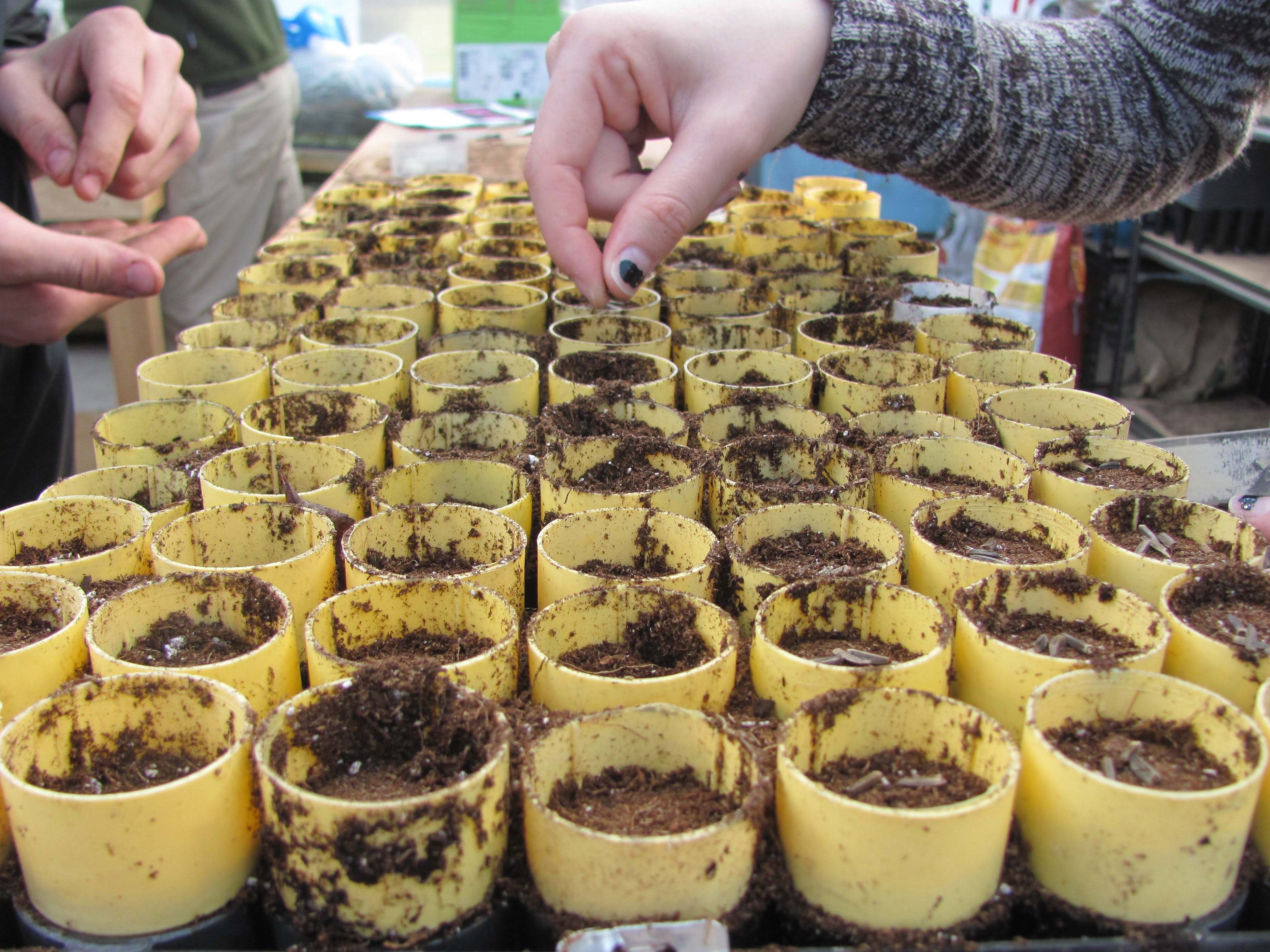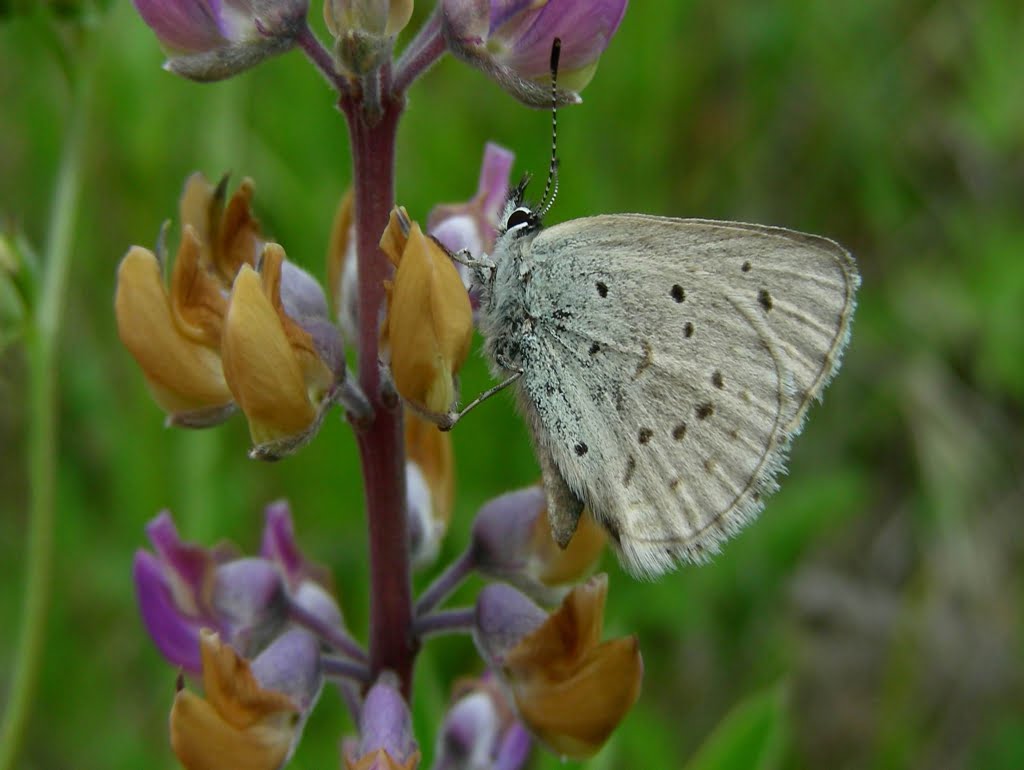
Upper Oak Basin Propagation Project with Kalapuya HS
The Oak Basin Propagation Project is a collaboration between Oregon Bureau of Land Management (BLM) and Institute for Applied Ecology’s (IAE) Habitat Restoration (HR) group and Ecological Education (EE). Together, teams are working to restore a prairie site for the endangered Fender’s blue butterfly just east of Brownsville, OR.

Ian Silvernail (HR) is the lead biologist on this ongoing restoration project at Upper Oak Basin in the Cascade foothills. Jessie Brothers, IAE’s EE coordinator, is coordinating the propagation and education aspect of the project. Both Ian and Jessie will be working closely with a group of students from Kalapuya High School in west Eugene, OR.
 The students will be growing, and caring for, a selection of diverse Willamette Valley nectar species to complement Kincaid’s Lupine‘s native upland prairie plant community. This specific community is where the endangered adult butterflies feast during their life cycle. The endangered Fender’s blue butterfly is endemic to the Willamette Valley which means it is found no where else on earth!
The students will be growing, and caring for, a selection of diverse Willamette Valley nectar species to complement Kincaid’s Lupine‘s native upland prairie plant community. This specific community is where the endangered adult butterflies feast during their life cycle. The endangered Fender’s blue butterfly is endemic to the Willamette Valley which means it is found no where else on earth!
Adult Fender’s blue butterflies use a variety of plants as nectar sources. Some great nectar sources in around the valley include:
- Tolmie’s mariposa lilly (Calochortus tolmiei)
- small camas (Camassia quamash)
- wooly sunflower (Eriophyllum lanatum)
- Oregon geranium (Geranium oreganum)
- Oregon iris (Iris tenax)
- pale flax (Linum angustifolium)
- blue flax (Linum perenne)
- Meadow checkermallow (Sidalcea campestris)
- rose checker-mallow (Sidalcea virgata)
For this restoration project, Ian chose a selection of plants typical of the restoration site: wooly sunflower (aka Oregon sunshine), Oregon iris, Oregon geranium, and California oatgrass.

An important element of a successful propagation project is providing a proper environment for germination. Many of our PNW native species need cold-moist stratification. This means they are dormant and will not germinate until their dormancy is broken by being in cold, wet conditions for a set period of time. Cold-moist stratification is the process of simulating natural winter conditions that a seed must experience before germinating. This is common among species that are native to regions that experience cold winters. Kalapuya students are utilizing the cold-moist stratification process for a majority of the seeds at their on-campus greenhouse.

To kick off the 2016 new year, Jessie and Ian began working with students to sow several species the first week of January. The students prepared the seed trays and planted approximately 500 Wooly sunflower, 300 Oregon iris, 300 Oregon geranium, and 300 California oatgrass.

Jessie will continue working with students and teachers at Kalapuya over the next few months to coordinate care for the plants and to make sure stratification, germination, and new growth is successful through the summer of 2016.
HR and EE will then work together on the restoration outplanting, which will begin in the fall of 2016 at Upper Oak Basin in the Cascade foothills. We will keep you updated on our progress!
